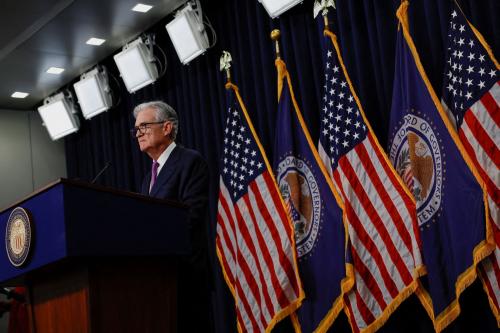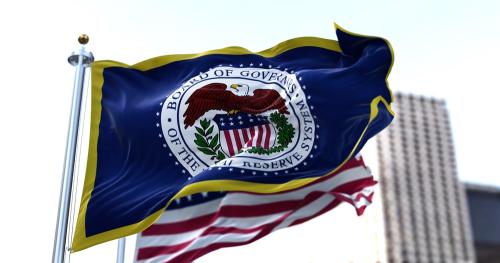Editor’s Note: Fear of inflation and hope for reform in China’s monetary policy are both rising. Lesser men might have balked, but People’s Bank of China governor Zhou Xiaochuan is facing the challenge.
Two months ago, Mr. Zhou was expected to step down after a decade at the helm of China’s central bank, but banking and Communist Party officials have recently indicated that China’s leaders want him to stay on a little longer. During a nationally televised news conference on the sidelines of China’s annual parliamentary meetings on Wednesday, Mr. Zhou refused to say whether he would stay or go.
China Real Time caught up with Eswar Prasad, an expert on China’s economy at Cornell University, and threatened to keep 20% of his bank deposits in low-yielding reserves unless he shared his insights on Mr. Zhou’s record.
Tom Orlik: What was the economy that Zhou Xiaochuan inherited in 2002?
Eswar Prasad: When Governor Zhou became the head of the People’s Bank of China in December 2002, the economy was growing fast and recovering from a brief spell of falling prices. Foreign trade was expanding rapidly and foreign investors were thronging at China’s doorstep. However, some domestic policy tensions were also becoming apparent. The rate of bank credit expansion was already above nominal income growth and surging higher, there were concerns about bad loans in the banking system, and the PBOC was having to intervene heavily in foreign exchange markets to maintain the yuan’s peg to the dollar.
Tom Orlik: What did that mean for China’s monetary policy?
Eswar Prasad: China’s monetary policy was constrained by the need to keep the yuan’s value constant relative to the dollar. The trade surplus and capital inflows were putting pressure on the yuan to appreciate, which could have hurt China’s export competitiveness. The PBOC had started intervening aggressively in foreign exchange markets to offset these appreciation pressures by buying up dollars and other hard currencies. Low interest rates in many advanced economies were preventing the PBOC from raising domestic interest rates as that would draw in even more capital inflows. This also meant that interest rates could not be used to guide banks to tighten or loosen credit conditions; instead, the PBOC had to resort to quantity targets and other means that hampered banking reforms.
Tom Orlik: Mr. Zhou faced challenges with inflation in 2004, 2008 and 2011 – how did he deal with them?
Eswar Prasad: In each of these episodes, Mr. Zhou recognized that the expansion of bank credit needed to be controlled and took measures to limit this expansion. Unable to raise interest rates to the level that would be compatible with domestic price stability, he had to resort to measures such as quantity restrictions (setting ceilings for each bank’s credit expansion) and higher reserve requirements on banks.
Tom Orlik: In 2005, Mr. Zhou broke the yuan’s peg to the dollar – why was that?
Eswar Prasad: By 2005, the pressures on monetary policy were ratcheting up. Inflation had begun to come under control after the spike in 2004 but it was clear that the exchange rate regime had become a millstone around the neck of monetary policy. China’s interest rates could not deviate too much from U.S. interest rates, which were much lower than the rates that the PBOC would have preferred domestically. There were also increasing pressures on the yuan to appreciate, with the PBOC accumulating over $200 billion in foreign exchange reserves each year through its exchange market interventions. To start on the road to monetary independence, Mr. Zhou convinced China’s leaders that it was time to depeg the yuan from the dollar and allow it to appreciate. While there was considerable pressure from the U.S. and other advanced economies for this to happen, Mr. Zhou made the strong argument that such a move would be in China’s own interest and that the rate of appreciation could be managed in a manner that would give Chinese exporters time to adjust.
Tom Orlik: What’s the relation between China’s exchange rate regime and the U.S. financial crisis?
Eswar Prasad: China’s tightly managed exchange rate regime is one side of global current account imbalances. China’s purchases of U.S. Treasuries as part of its exchange market intervention helped keep interest rates lower for longer in the U.S., giving financial institutions cheap money with which they eventually wreaked havoc. While these imbalances were not at the root of the crisis, they played a role in perpetuating financial market excesses in the U.S. that eventually resulted in the global financial crisis. The case that some U.S. policymakers have made that these imbalances were the proximate cause of the crisis is, however, not tenable.



Commentary
The Steady Hand of China’s Central Banker
March 13, 2013